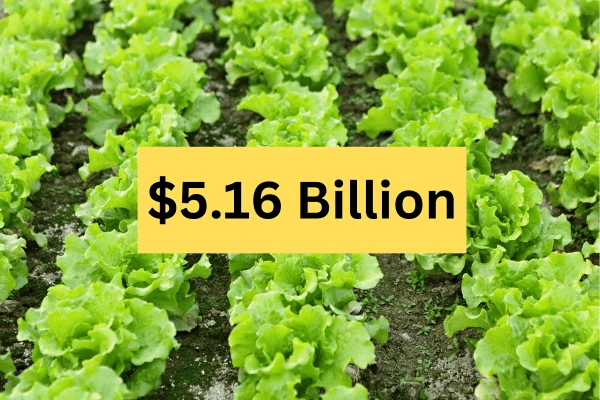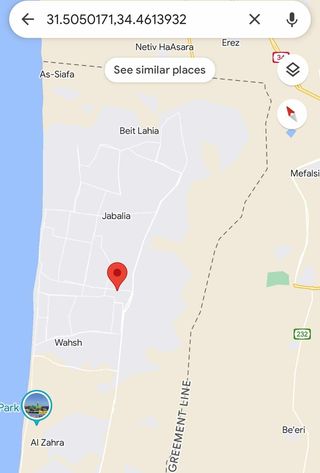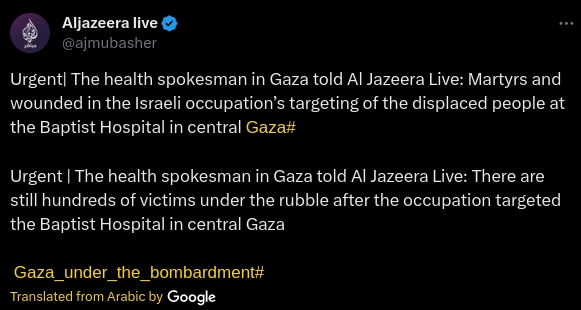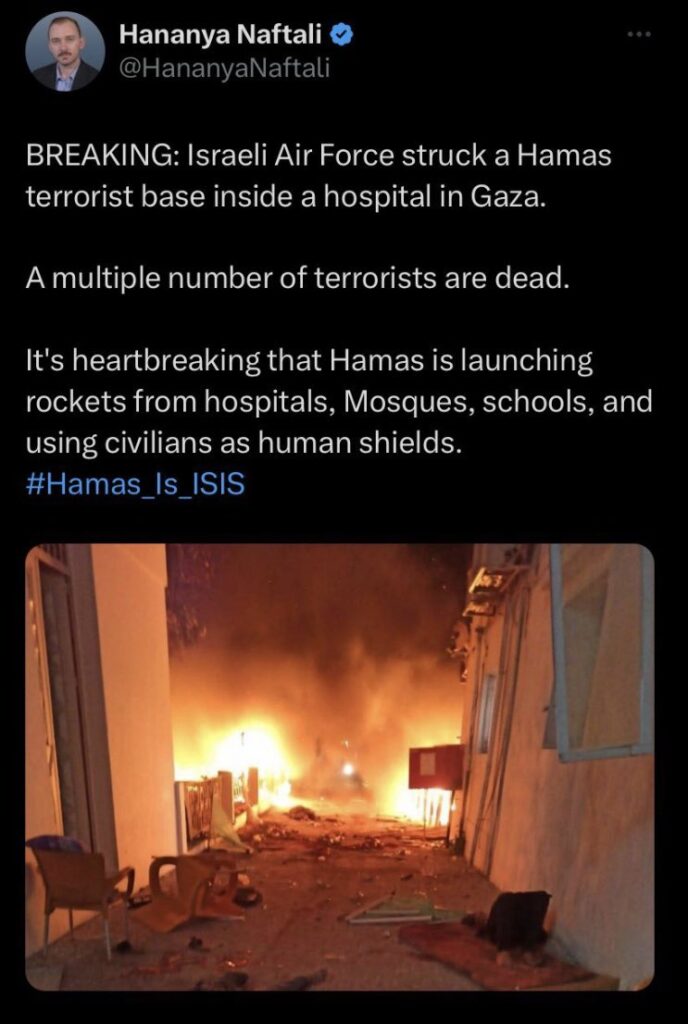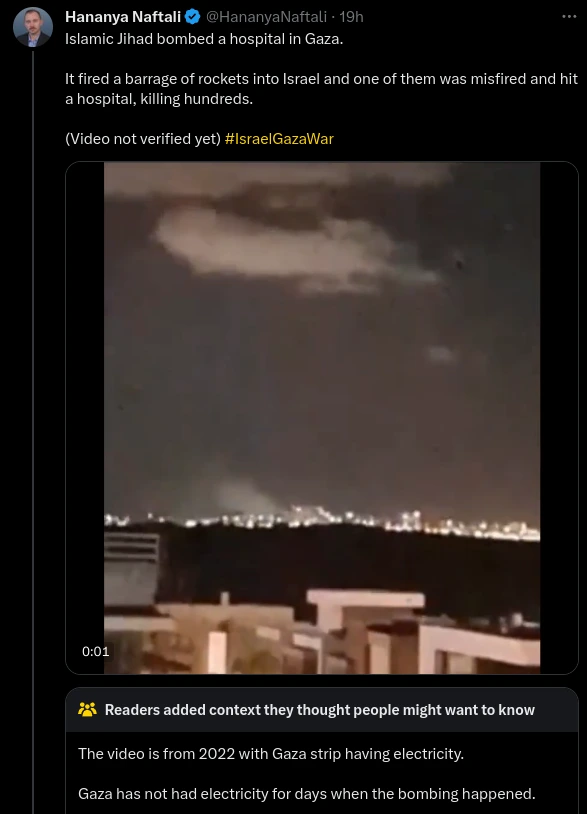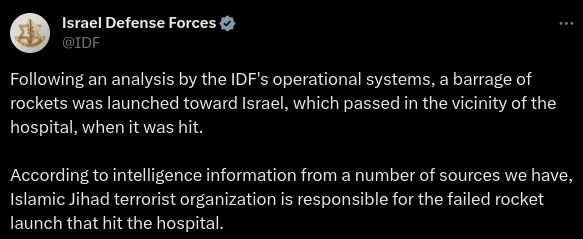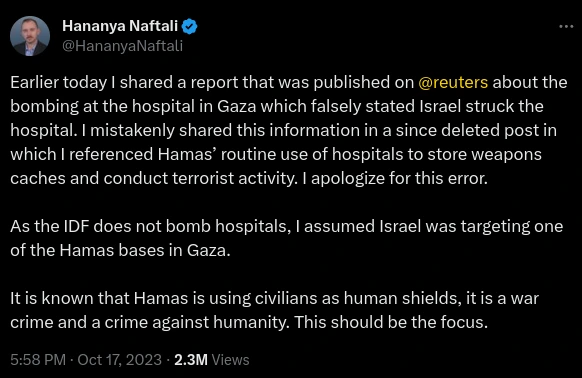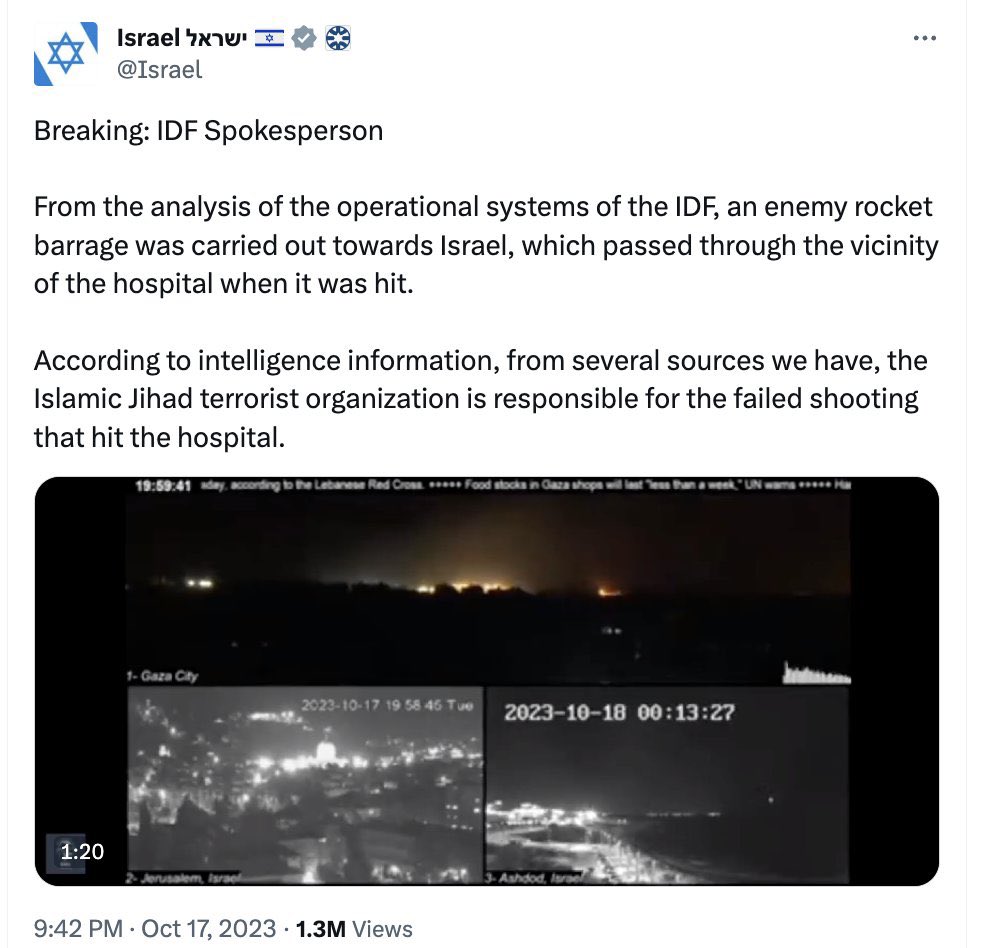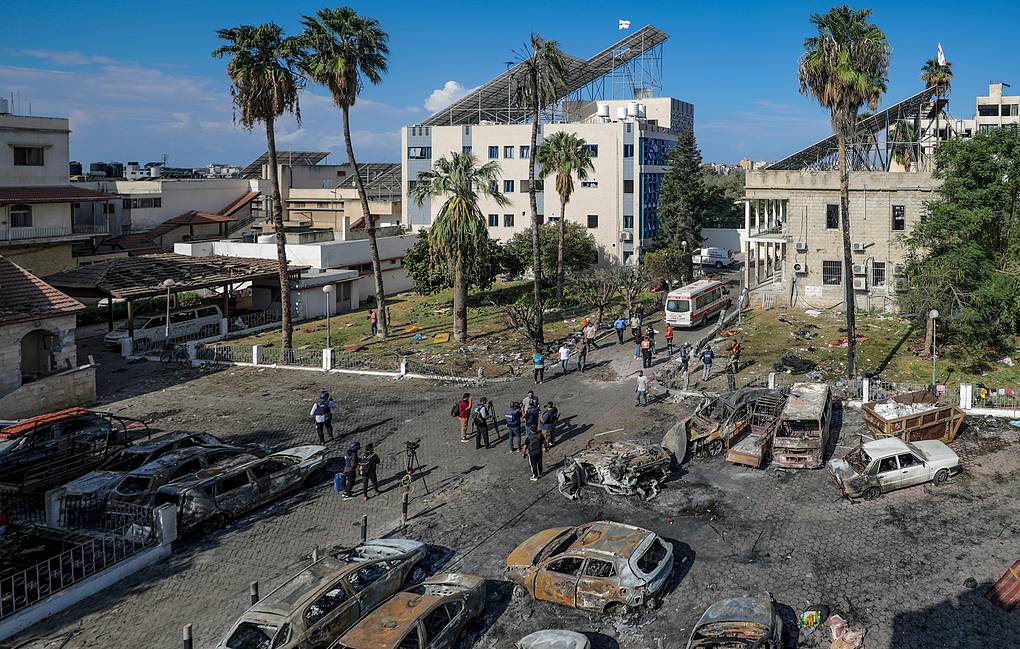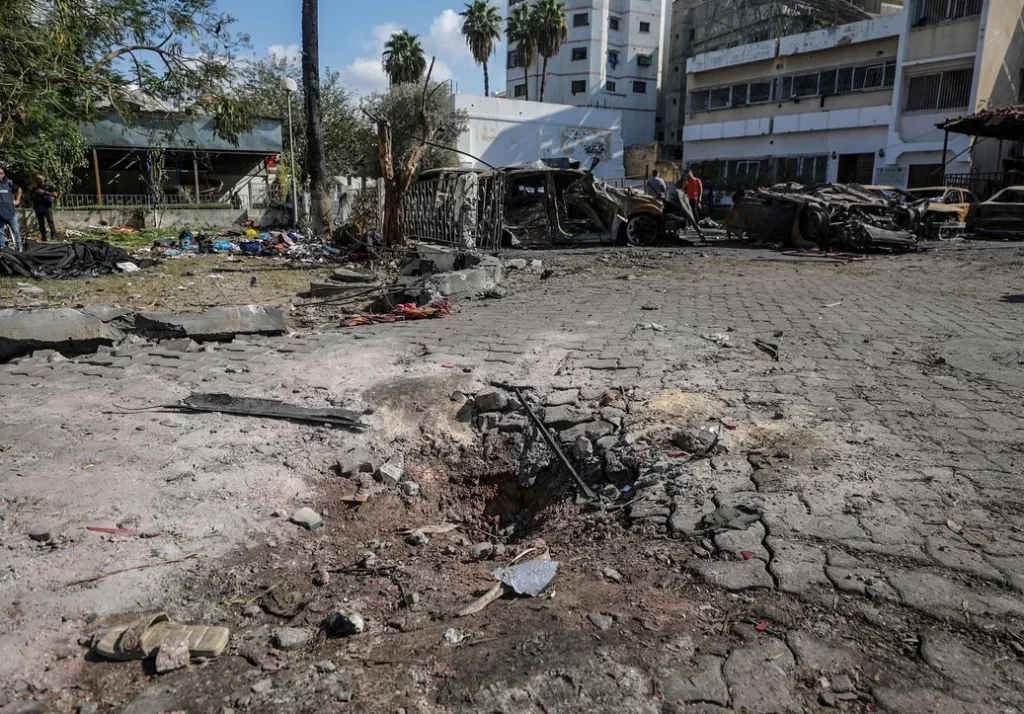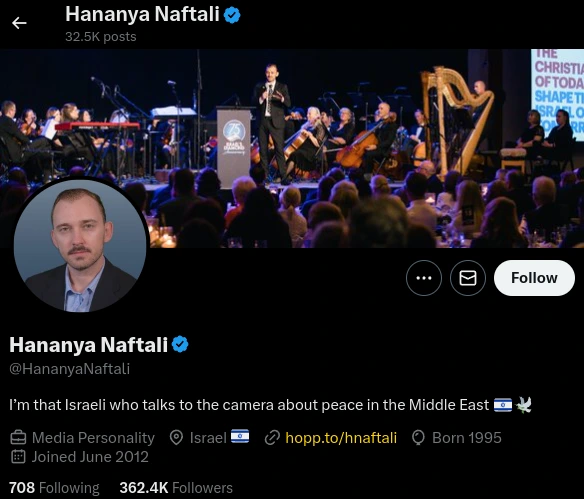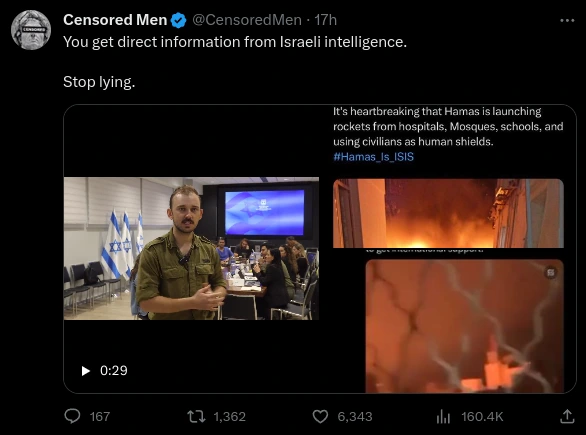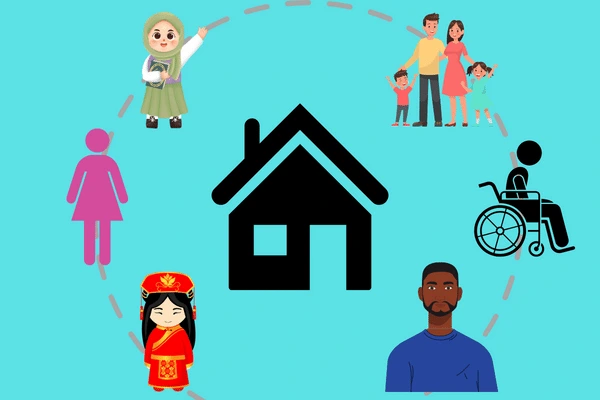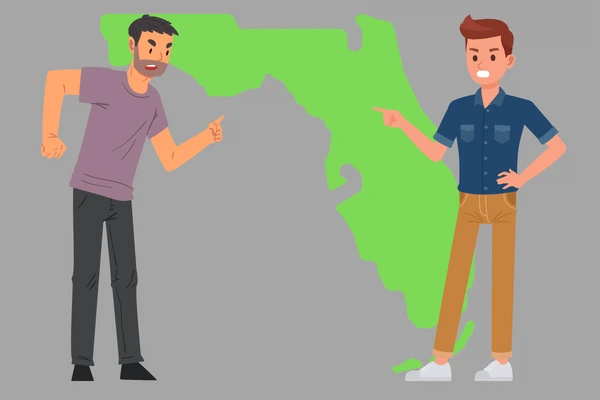
There are many subindustries within the food industry (e.g. wheat farming, flour milling, bread production, fast food restaurants, etc). In this article, I list 66 of these subindustries along with the total U.S. revenue and average profit margin for each. Industries which are both large and profitable are highlighted in purple while industries that especially small and/or unprofitable are highlighted in orange. Use this list as a guide when selecting what kind of business to start or how to expand your existing food industry business.
| Industry | U.S. Industry Revenue | U.S. Industry Profit Margin | |
| 1 | Beef Cattle Production (i.e. farming cattle and selling to meat processing plants & beef wholesalers) | $85 Billion | 4.0% |
| 2 | Beef and Pork Wholesaling (i.e. buying beef & pork from farmers and selling to retailers) | $109 Billion | 2.4% |
| 3 | Meat Processing (i.e. buying, slaughtering, processing, and packaging livestock and poultry, selling the resulting products to wholesalers and food manufacturers and retailers, and selling the byproducts as oil or leather) | $296 Billion | 5.2% |
| 4 | Hot Dog & Sausage Production | $23 Billion | 4.5% |
| 5 | Corn Farming | $95 Billion | 14.3% |
| 6 | Wheat, Barley, and Sorghum Farming | $17.7 Billion | 16.1% |
| 7 | Bread Production | $53 Billion | 4.6% |
| 8 | Bread & Bakery Products Wholesaling (Primary customers are cafes and grocery stores) Primary products: – Cookies & cakes (51.9%) – Bread & rolls (26.5%) – Other baked goods, including crackers (13.9%) – Baking mixes & dough (7.7%) Example products: – Sara Lee cakes – Oreo cookies – Bagged bread in bread aisle | $58 Billion | 2.6% |
| 9 | Soybean Farming | $64 Billion | 13.0% |
| 10 | Corn, Wheat, and Soybean Wholesaling | $275 Billion | 4.1% |
| 11 | Flour Milling Product categories: – Wheat flours (43.6%) – Rice flours (20.6%) – Corn products (8.3%) – Malt products (4.8%) – Other (22.7%) | $27 Billion | 7.0% |
| 12 | Breakfast Cereal Production (i.e. buying ingredients, manufacturing boxed/packaged cereal, and selling it to wholesalers and grocery stores) | $12.5 Billion | 6.9% |
| 13 | Tortilla Production | $6.4 Billion | 7.2% |
| 14 | Sugar Processing (i.e. buying sugarcane and sugar beets, refining it into various forms of usable sugar, and then primarily selling it to processed food manufacturers) | $13.2 Billion | 7.6% |
| 15 | Farm Animal Feed Production (i.e. buying soybeans, corn, and other ingredients, manufacturing food for farm animals, and then selling it to cattle ranches, hog farms, and other animal farms) | $46 Billion | 2.7% |
| 16 | Fruit & Nut Farming Biggest product categories: – Grapes (19.6%) – sold primarily to winemakers – Almonds (18.2%) – Strawberries (13.4%) – Apples (10.7%) – Cherries, Blueberries & Cranberries (8.2%) – Pecans & Walnuts (5.5%) – Other (24.4%) | $23 Billion | 6.7% |
| 17 | Vegetable Farming | $21 Billion | 6.1% |
| 18 | Leafy Greens Farming | $5.2 Billion | 11.0% |
| 19 | Hydroponic Crop Farming | $800 Million | 4.4% |
| 20 | Olive Oil Production *Note: Most olive oil consumed in the U.S. is imported which is why this number is so low | $82 Million | 3.4% |
| 21 | Kombucha Production | $1.3 Billion | 3.9% |
| 22 | Whiskey & Bourbon Distilleries | $5.7 Billion | 2.6% |
| 23 | Vodka Distilleries | $4.2 Billion | 9.8% |
| 24 | Wineries | $27 Billion | 4.7% |
| 25 | Breweries (i.e. brewing beer and then selling it to wholesalers and retailers) | $38 Billion | 2.4% |
| 26 | Craft Beer Production | $7.7 Billion | 4.3% |
| 27 | Beer Wholesaling | $89 Billion | 4.2% |
| 28 | Cider Production | $540 Million | 3.1% |
| 29 | Beer, Wine, and Liquor Stores | $82 Billion | 3.8% |
| 30 | Tofu | $100-300 Million | 10% |
| 31 | Dairy Farms | $59 Billion | 6.3% |
| 32 | Dairy Wholesaling | $117 Billion | 1.2% |
| 33 | Dairy Product Production (i.e. buying milk, producing milk, butter, cheese, dry and condensed milk, and other dairy products, and then selling to wholesalers, retailers, and food service companies) | $164 Billion | 3.1% |
| 34 | Cheese Production Product categories – American cheeses (40.8%) – Italian cheeses (41.5%) – Other cheeses (17.7%) | $68 Billion | 3.2% |
| 35 | Ice Cream Production | $10.6 Billion | 4.9% |
| 36 | Yogurt Production (i.e. purchasing ingredients, manufacturing yogurt, and then selling it to wholesalers/distributors, supermarkets, and convenience stores) | $8.2 Billion | 1.7% |
| 37 | Frozen Yogurt Stores | $677 Million | 5.7% |
| 38 | Juice & Smoothie Bars | $2.7 Billion | 4.8% |
| 39 | Soda Production | $42 Billion | 5.1% |
| 40 | Juice Production (i.e. Buying ingredients, producing & bottling/packaging juice, and then selling juice products to wholesalers and retailers) | $14.0 Billion | 10.7% |
| 41 | Frozen Food Production Product categories: – Frozen meals & prepared foods (41.6%) – Frozen veggies (31.4%) – Frozen pizza (18.6%) – Frozen fruit & juice concentrates (8.4%) | $44 Billion | 2.0% |
| 42 | Salad Dressing Production | $4.2 Billion | 5.5% |
| 43 | Seasoning, Sauce, and Condiment Production | $31 Billion | 5.8% |
| 44 | Snack Food Production (i.e. Buying ingredients, manufacturing snack foods such as chips, pretzels, roasted & salted nuts, peanut butter, and popcorn, and then selling the snack foods to wholesalers/distributors and grocery stores) | $43 Billion | 14.1% |
| 45 | Chocolate Production (i.e. buying cacao beans, milk, sugar, and other ingredients, processing them into chocolate-based confectionery, and selling the resulting products to wholesalers, retailers, and other intermediaries) | $19.9 Billion | 13.9% |
| 46 | Specialty Chocolate Retail Stores | $1.4 Billion | 10.5% |
| 47 | Confectionery Wholesaling (i.e. wholesaling candy and sugary pastries) | $69 Billion | 3.5% |
| 48 | Candy Production | $12.9 Billion | 4.0% |
| 49 | Coffee Production (i.e. buying coffee beans and other ingredients, producing coffee products like roasted beans, coffee grounds, ready-to-drink coffee, and instant coffee, and then selling the products to wholesalers and supermarkets) Products categories: – 39.4% single-serve coffee (e.g. K-cups) – 31% roasted beans & coffee grounds – 22.5% instant coffee – 7.1% ready-to-drink coffee | $13.0 Billion | 10.4% |
| 50 | Starbucks (U.S. sales only) | $24 Billion | 20% |
| 51 | Coffee & Snack Shops | $64 Billion | 4.0% |
| 52 | McDonalds (U.S. sales only) | $9.4 Billion | 31% |
| 53 | Fast Food Restaurants | $388 Billion | 5.2% |
| 54 | Single Location Full-Service Restaurants | $234 Billion | 4.2% |
| 55 | Mexican Restaurants | $80 Billion | 4.4% |
| 56 | Pizza Restaurants | $65 Billion | 5.1% |
| 57 | Italian Restaurants | $86 Billion | 4.9% |
| 58 | Chinese Restaurants | $26 Billion | 5.3% |
| 59 | Korean Restaurants | $5.4 Billion | 3.6% |
| 60 | Premium Steak Restaurants | $6.7 Billion | 4.7% |
| 61 | Buffet Restaurants | $5.5 Billion | 4.8% |
| 62 | Sushi Restaurants | $28 Billion | 7.0% |
| 63 | Burger Restaurants | $177 Billion | 6.0% |
| 64 | Vegetarian & Vegan Restaurants | $31 Billion | 4.2% |
| 65 | Sandwich & Sub Restaurants | $45 Billion | 5.3% |
| 66 | Food Trucks | $1.5 Billion | 6.4% |
If you’re thinking of starting a food blog or food Youtube channel, you should also check out this list of 17 real, successful, niche food industry blogs.
If you want to start your own farm, then consider renting chickens or growing one of the 18 most lucrative cash crops for small farms.
If you want to start a poultry farm, check out this overview of the U.S. turkey industry first.
